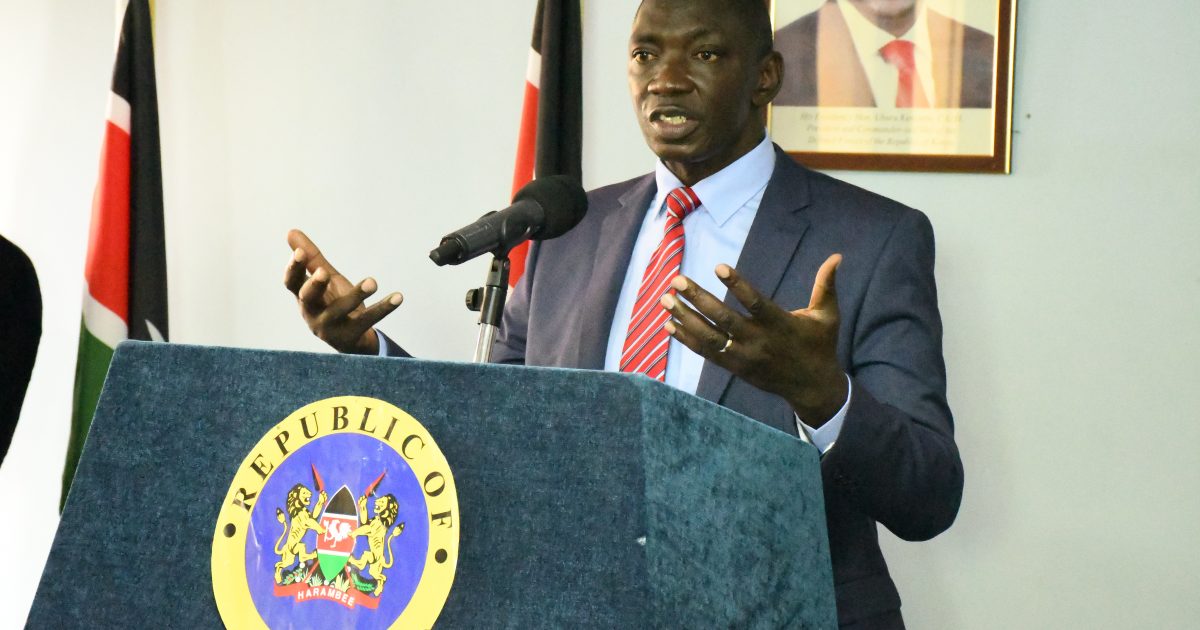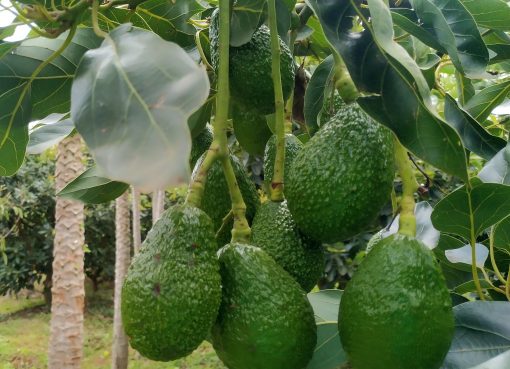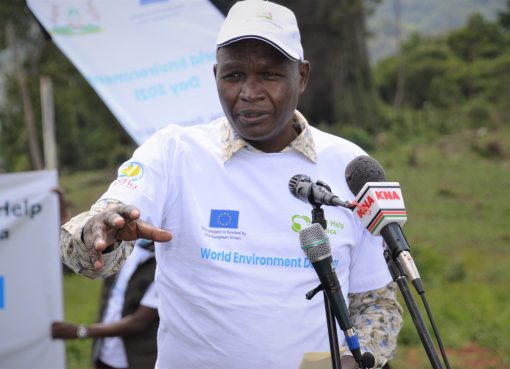The Government has up-scaled intervention efforts to assist Kenyans affected by the ongoing drought, through the provision of assorted relief assistance to the affected families.
Government spokesperson, Col. (Rtd) Cyrus Oguna, said that the distribution of physical food for the month of October 2021 to all the affected Counties is in progress, for which the Government has spent Sh1.2 billion to procure.
Oguna, speaking, Wednesday, during a brief on the government’s drought mitigation measures, said that another Sh1.2 billion has been mobilised, for the month of November 2021.
He explained that monitoring activities indicated that 23 Counties were at risk of being food insecure and they have been classified into three groups based on the level of risk of severe drought and the cost of drought response.
Oguna said that Counties are in high risk of severe drought, hence requiring high cost of response mechanisms which include Garissa, Isiolo, Kilifi, Kitui, Mandera, Marsabit, Samburu, Tana River and Wajir.
“Counties in which drought risk is moderate and the cost of response is also moderate include Baringo, Turkana, Kajiado, Kwale, Laikipia, Lamu, Makueni, Meru, Taita Taveta, Tharaka Nithi and West Pokot,” highlighted Oguna.
The Government Spokesperson said that Counties that experience low risk of severe drought are Embu, Narok and Nyeri.
To mitigate the impact of drought in the affected Counties, Oguna said that County Governments in collaboration with the National Government, has continued to truck water for domestic and livestock use, to the affected regions.
He explained that the drought, which is largely due to poor rainfall in the last two seasons, particularly in the ASAL regions, has affected both human and livestock.
“As Government, we are committed to ensuring that the situation is effectively managed, and that assistance is promptly provided in line with President Uhuru Kenyatta’s earlier directive, that no Kenyan will ever again die due to lack of food,” said Oguna.
Oguna disclosed that the government is also going on with the Hunger Safety Net Programme, which includes regular transfer of funds to support 100,000 households, in which every household in Mandera, Wajir, Marsabit and Turkana Counties receives Sh5, 400 every two months, has been up-scaled to cover many more households.
He added that the Inua Jamii Social Protection Programme, which covers over one (1) million households countrywide, have been receiving Cash Transfer of Sh2,000 per month to protect the elderly, orphans and people living with severe disability, has provided supplemental intervention in areas experiencing drought.
Oguna said that the plan for intervention beyond December 2021 is ready, as the Government continues to mobilize resources to mitigate the situation.
However, the deployment of resources into the New Year will depend on the performance of rain in the coming days.
Oguna highlighted that the National Government has worked in close partnership and collaboration with County Governments and various Development Partners such as European Union (EU), World Food Programme (WFP), Food and Agriculture Organisation (FAO) and the Kenya Red Cross, among others.
“EU has availed Sh500 million to be used to aid in intervention. So far over Sh260 million has been spent in the following sectors: education, health and nutrition, livestock feeds, security and water trucking,” said Oguna.
He added that FAO has availed Sh380 million, and has also bought 32,000 bags of cattle feeds which have already been distributed to the affected areas. WFP is to mobilize Sh500 million (USD 5 million), to aid in the provision of assorted relief.
“The UN system in the country launched a Flash Appeal for local and international help amounting to USD 13.9 million (Sh.13.9 billion),” said Oguna.
Oguna said that the government has a strategy to end drought emergencies in the country once and for all and it is part of Vision 2030 whose pillars include, peacebuilding and conflict management, since insecurity affects food production.
Oguna said that another pillar of the Vision 2030 is infrastructure development covering roads for transportation of farm produce, provision of water for irrigation and livestock through the construction of dams, water pans and boreholes, and the construction of schools and hospitals, in areas affected by drought.
“The Government is working on educating communities mostly in ASAL areas on how they can adopt modern ways of farming and achieve sustainability and resilience. As of now, the strategy is in progress and we have achieved around 40 percent and there has been tremendous achievement, looking at the people who have been affected by the drought from 2011 up to date, the numbers have been reducing,” said Oguna.
He added that even the number of livestock affected by drought has gone down, insisting that the situation is not where the government wants to be, but it is getting better by the day and once Vision 2030 is fully rolled out, the government will be able to completely reduce the impact of drought.
By Joseph Ng’ang’a




